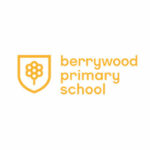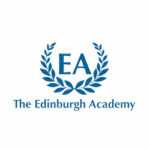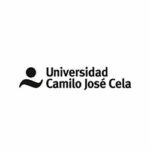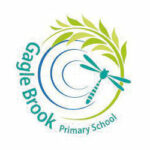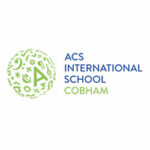The origins of project-based learning can be traced back more than 2000 years.
Chinese philosopher Confucius (551-479 BC) said, “I hear and I forget, I see and I remember, I do and I understand” (Confucian philosopher Xun Kuang (312–230 BC), later expanded on this, saying “Not having heard something is not as good as having heard it; having heard it is not as good as having seen it; having seen it is not as good as knowing it; knowing it is not as good as putting it into practice”.
Meanwhile, Greek philosopher Aristotle (384-322 BC) said “for the things we have to learn before we can do, we learn by doing”. More recently, John Dewey, in his Pedagogic Creed called for school to represent present life – “life as real and vital to the child as that which he carries on in the home, in the neighbourhood, or in the playground”.
Learning by doing, the thematic curriculum, or project based learning (PBL) – call it what you will, can hardly be described as new.
The interdisciplinary approach contextualises academic concepts into projects – open-ended, enquiry-based assignments that encourage students to develop higher-order thinking skills as they are required to consider, compare, contrast and at times defend their thoughts.
It’s a key tenet of Montessori education developed in Italy in the early twentieth century.
As a contrast to didactic ‘direct instruction’ where students learn by rote, project based learning demands a more dynamic environment to truly succeed.
In PBL lessons, it’s not unusual to see learners sitting around a table in groups, perhaps brainstorming on a dry-wipe table. It’s not unusual to see them squirrel themselves away in a corner researching or writing a presentation – somewhere away from the hubbub of the rest of the learning environment.
And it’s not unusual to see them present their thoughts formally to other learners – on tiered seating for example.
In short, it’s not uncommon to see zones where they can:

Gather

Collaborate
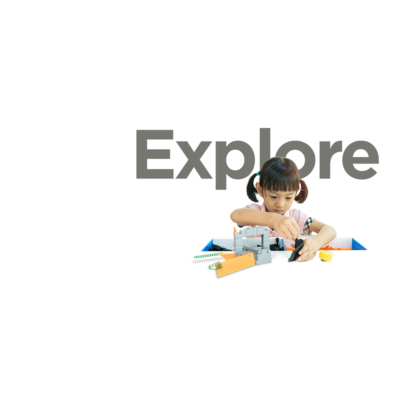
Explore
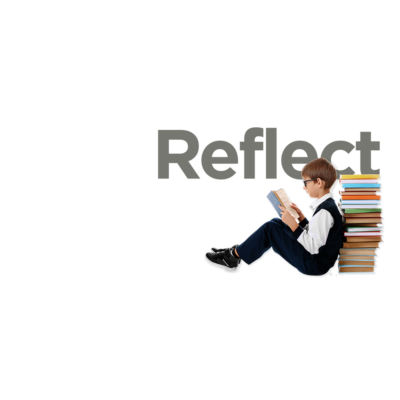
Reflect








